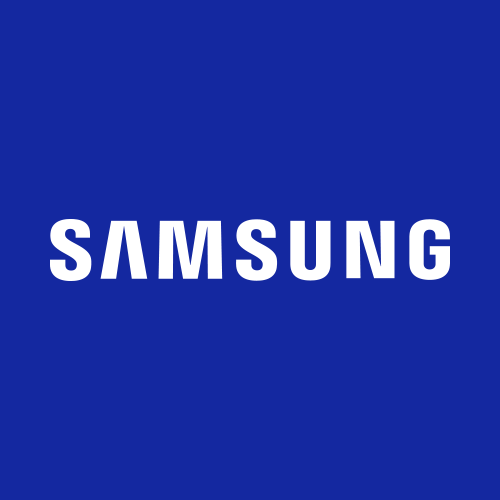Hi all,
I just purchased a Samsung 970 EVO Plus M.2 SSD which I installed in my existing build (MSI X99A Tomahawk with I7-6800K CPU) to act as an extra secondary drive but I cannot get either Windows or the BIOS to detect it.
I have found some threads similar to the issue I'm having but I am still at a loss.
Am I understanding correctly that the M.2 SSD cannot be a secondary drive and can only be the boot drive? If not, what am I doing wrong?
Thanks for your help
I just purchased a Samsung 970 EVO Plus M.2 SSD which I installed in my existing build (MSI X99A Tomahawk with I7-6800K CPU) to act as an extra secondary drive but I cannot get either Windows or the BIOS to detect it.
I have found some threads similar to the issue I'm having but I am still at a loss.
Am I understanding correctly that the M.2 SSD cannot be a secondary drive and can only be the boot drive? If not, what am I doing wrong?
Thanks for your help



